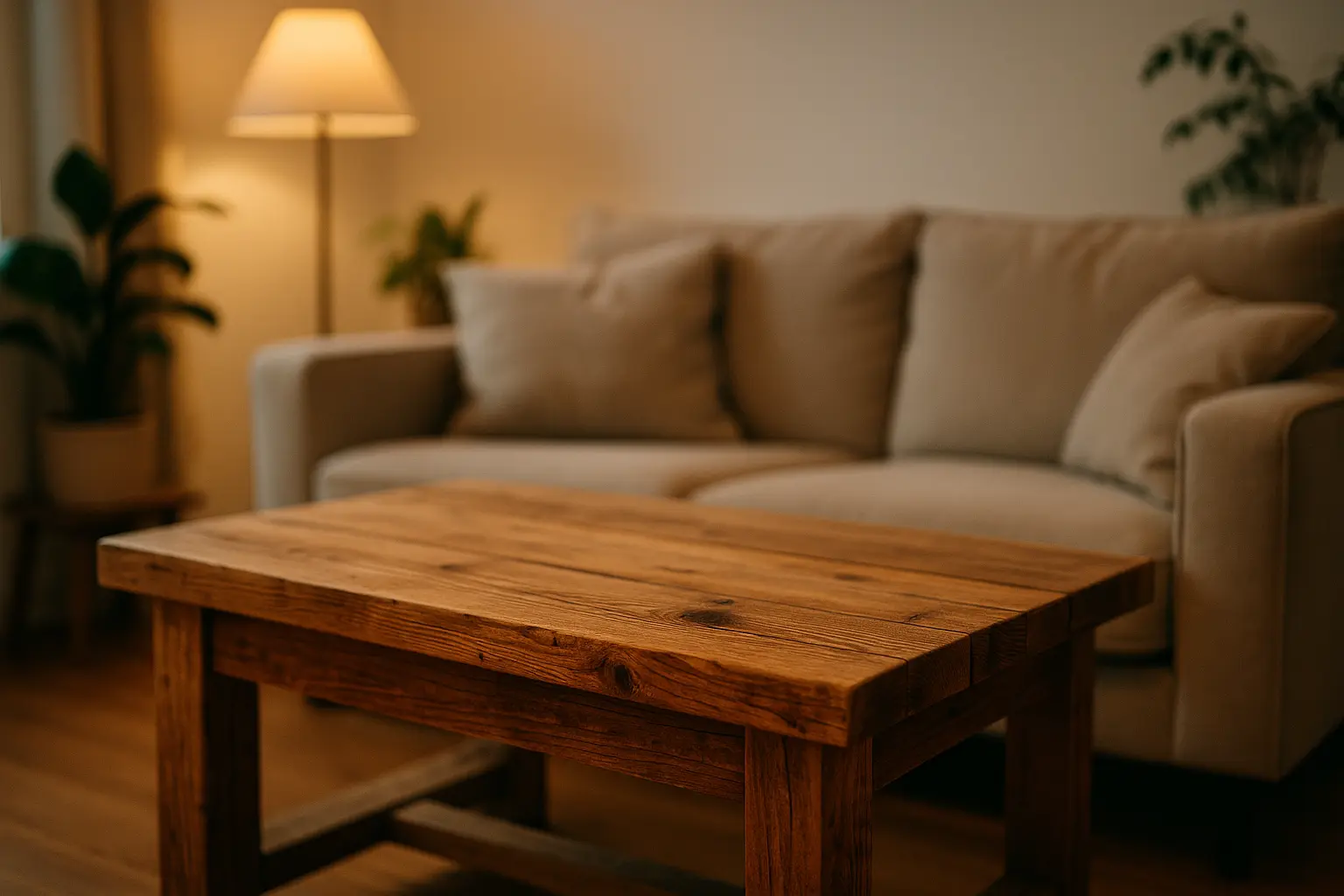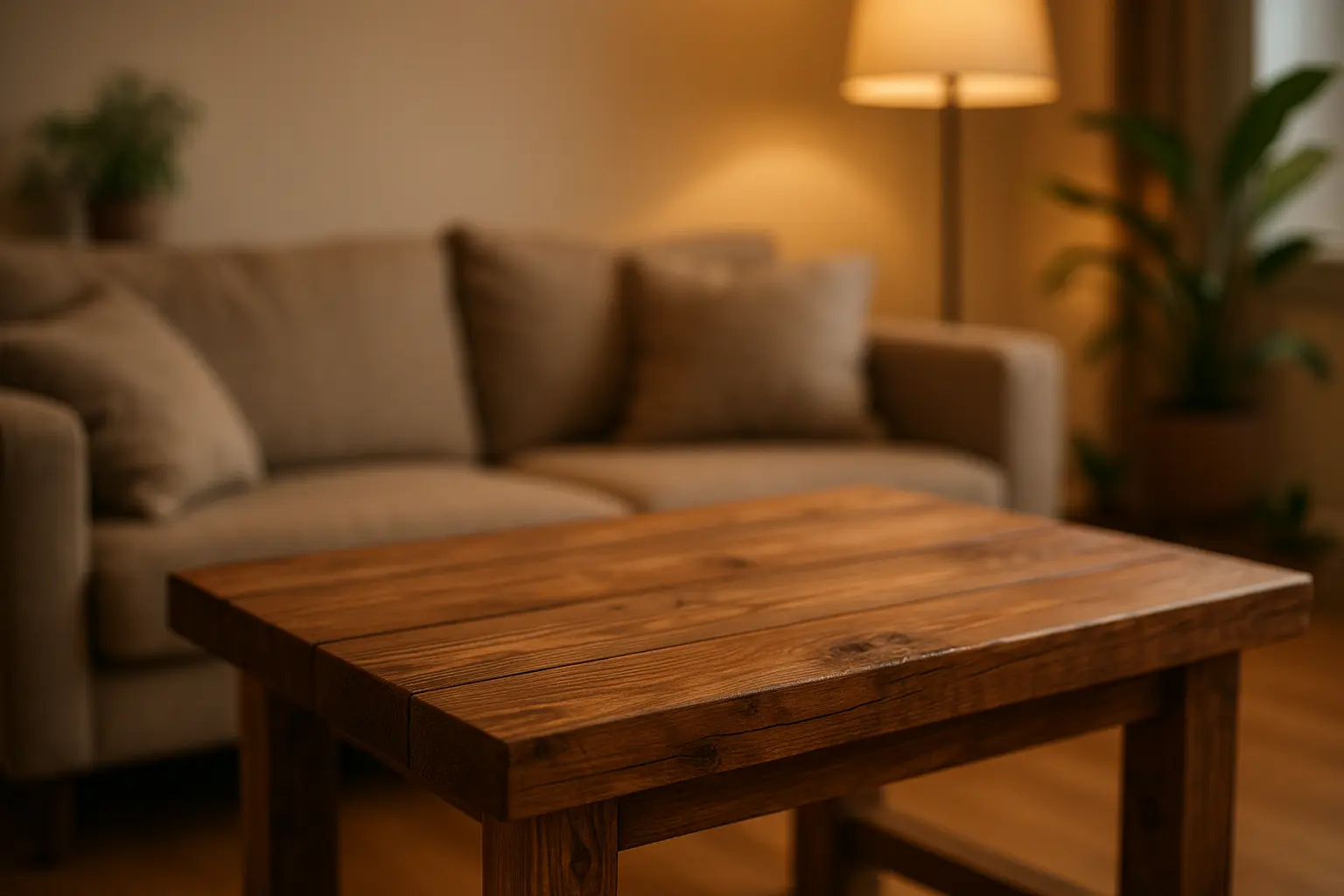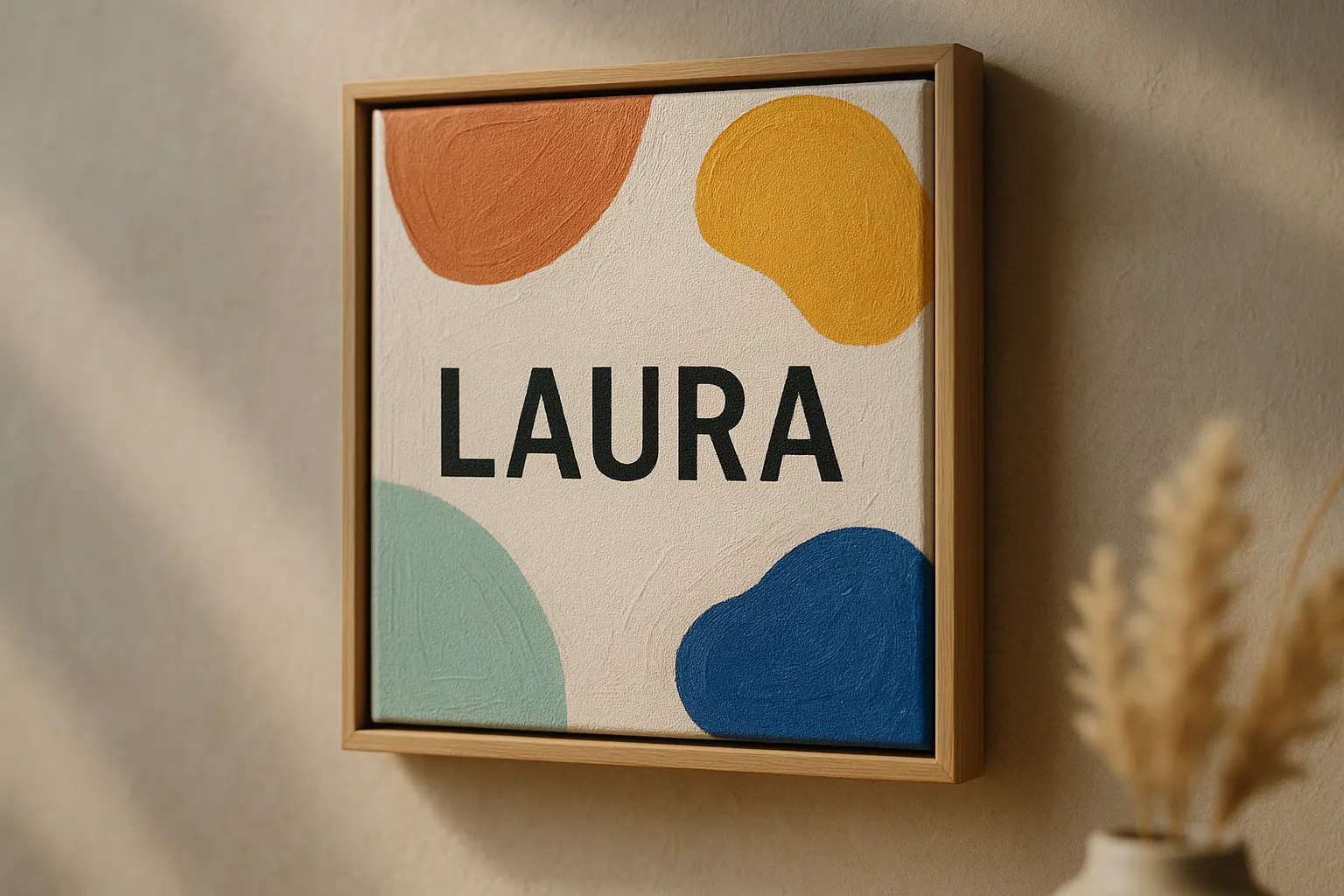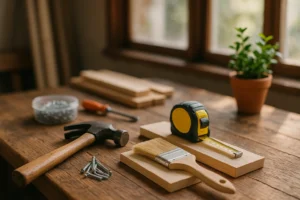Is DIY Furniture Really Worth It? Pros and Cons
In an era where personalization and creativity reign supreme, the trend of DIY furniture projects has soared in popularity. For many, tackling these projects is a way to inject personal style, save money, and avoid the generic mass-produced pieces found in big-box stores. But, does the time, effort, and potential pitfalls justify the endeavor? We explore the pros and cons of DIY furniture to help you decide if it’s a path worth pursuing.
Breathing New Life into Old Treasures
There’s a certain charm in transforming an old piece of furniture into something fresh and functional. The appeal lies in the restoration process, which gives unique character and tells a story far richer than any store-bought item could offer. You’re not just assembling furniture; you’re a designer, a storyteller, and a hands-on craftsperson. But is the effort worth the rewards?
The Time Investment: A Balancing Act
Making Time for Creativity
Engaging in DIY furniture projects requires a significant commitment to time. Crafting a high-quality piece isn’t just a weekend endeavor—it’s a journey. The process demands not only the initial assembly but also the planning, sourcing of materials, and sometimes a bit of trial and error.
For many, DIY projects become more than just a hobby; they transform into an all-consuming passion that demands meticulous attention to detail. This dedication can be fulfilling, offering a sense of accomplishment when the final product stands proudly in your living space.
Weighing Costs Against Professional Assembly
A major appeal of DIY furniture is cost-efficiency. Typically, DIY projects are presumed cheaper than purchasing a finished product. However, consider the hidden costs: the tools needed, potential wastage, and the value of your own time.
For those with a bustling lifestyle, professional assembly or purchasing ready-made pieces might be a more practical choice, allowing you to enjoy fresh decor without the sweat equity.
Navigating Quality and Design
Crafting Quality with Your Hands
With DIY, you have complete control over the quality of your furniture. Each piece is a labor of love, with materials chosen to meet your exacting standards. This is in stark contrast to some mass-produced pieces, where cost-cutting measures sometimes compromise durability.
However, not everyone has the skillset to craft with precision. If the assembly instructions are unclear, a DIY project may not reach the desired quality, leading to frustration and sometimes a compromised structure.
Designing Without Boundaries
One of the greatest benefits of DIY projects is the freedom to design without boundaries. You can tailor each piece to fit your personal aesthetic and functional needs, from a sleek white wardrobe to a rustic dining table.
Yet, this freedom can be daunting. Without a clear vision or the right tools, your project might veer off course, resulting in a mismatched or unfinished product. Hence, a clear plan and some level of design knowledge are essential for success.

Understanding the Hidden Costs
Beyond the Obvious Expenses
While DIY projects can offer financial savings, they come with their own set of hidden costs. Beyond the upfront price of materials, consider the tools you may need to purchase—saws, drills, sanders—all of which add to the project’s overall cost.
Additionally, the value of your time should not be underestimated. Hours spent on assembly might outweigh the savings, especially if your time could be more profitably invested elsewhere.
The Trade-Off between Money and Effort
Opting for DIY over professional help is largely a trade-off between money and effort. Professional assembly ensures a polished finish but at a price. DIY projects, while potentially more economical, require an investment of time and learning.
Balancing these considerations depends on your personal circumstances. If you enjoy working with your hands and have the patience to learn, the journey can be rewarding. Otherwise, the cost of professional assistance could be a worthwhile investment.
In the world of furniture, DIY projects offer a unique blend of creativity, control, and potential savings. Yet, it’s a path not without its challenges. Weighing the pros and cons carefully is crucial before embarking on your next project.
Ultimately, the decision hinges on what you value most: the thrill of crafting something uniquely yours or the convenience of a ready-made solution. Whether you choose to don the hat of a DIY artisan or opt for professional help, the key is to enjoy the process and take pride in your living space’s curated design.
FAQ
What are the primary advantages of building your own furniture?
Creating your own furniture allows for customization in terms of style, size, and color, ensuring it perfectly fits your space and aesthetic. Additionally, it can be a cost-effective alternative to purchasing ready-made pieces, and it offers a sense of accomplishment and personal satisfaction.
Are there any potential downsides to DIY furniture projects?
Yes, there are a few challenges. DIY furniture projects can be time-consuming, especially for beginners. They may require tools and skills you don’t already possess, which can add to the cost. There’s also a risk of mistakes, which might lead to frustration or suboptimal results.
How does DIY furniture compare in quality to store-bought options?
The quality of DIY furniture can vary widely depending on the materials used and the maker’s skill level. While some DIY projects can result in sturdy, long-lasting pieces, others might not match the durability of professionally manufactured items. Proper research and planning are key to achieving high-quality results.
Can DIY furniture projects be cost-effective?
DIY furniture can be cost-effective, especially if you have access to affordable materials and the necessary tools. However, costs can escalate if specialized tools are required or mistakes are made. It’s essential to plan your budget carefully and compare it to the cost of purchasing similar items.
What skills or tools are necessary for DIY furniture making?
Basic woodworking skills, such as measuring, cutting, and assembling, are essential. You’ll also need tools like saws, drills, sanders, and more, depending on the complexity of the project. Familiarity with these tools and techniques can significantly improve the quality and efficiency of your work.













